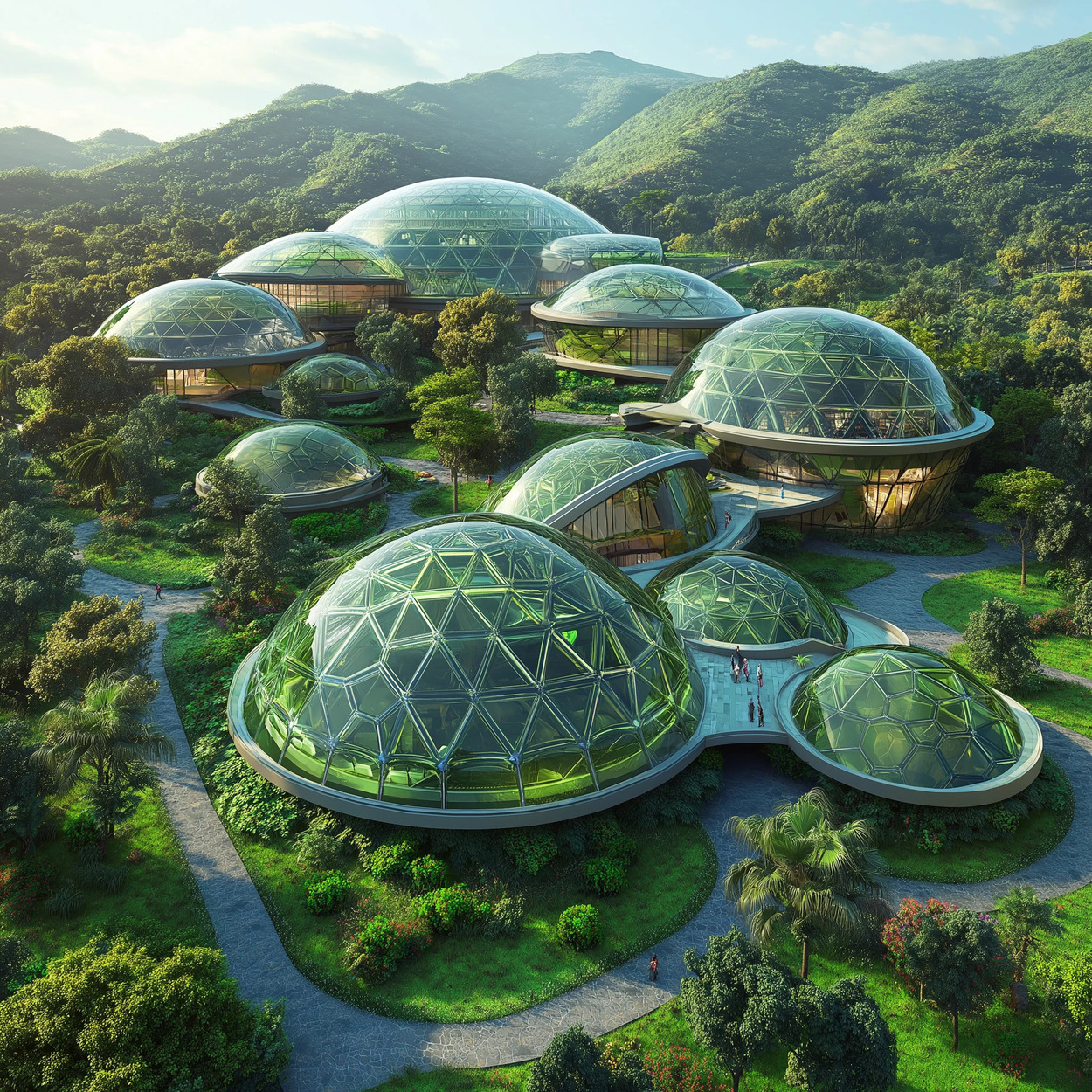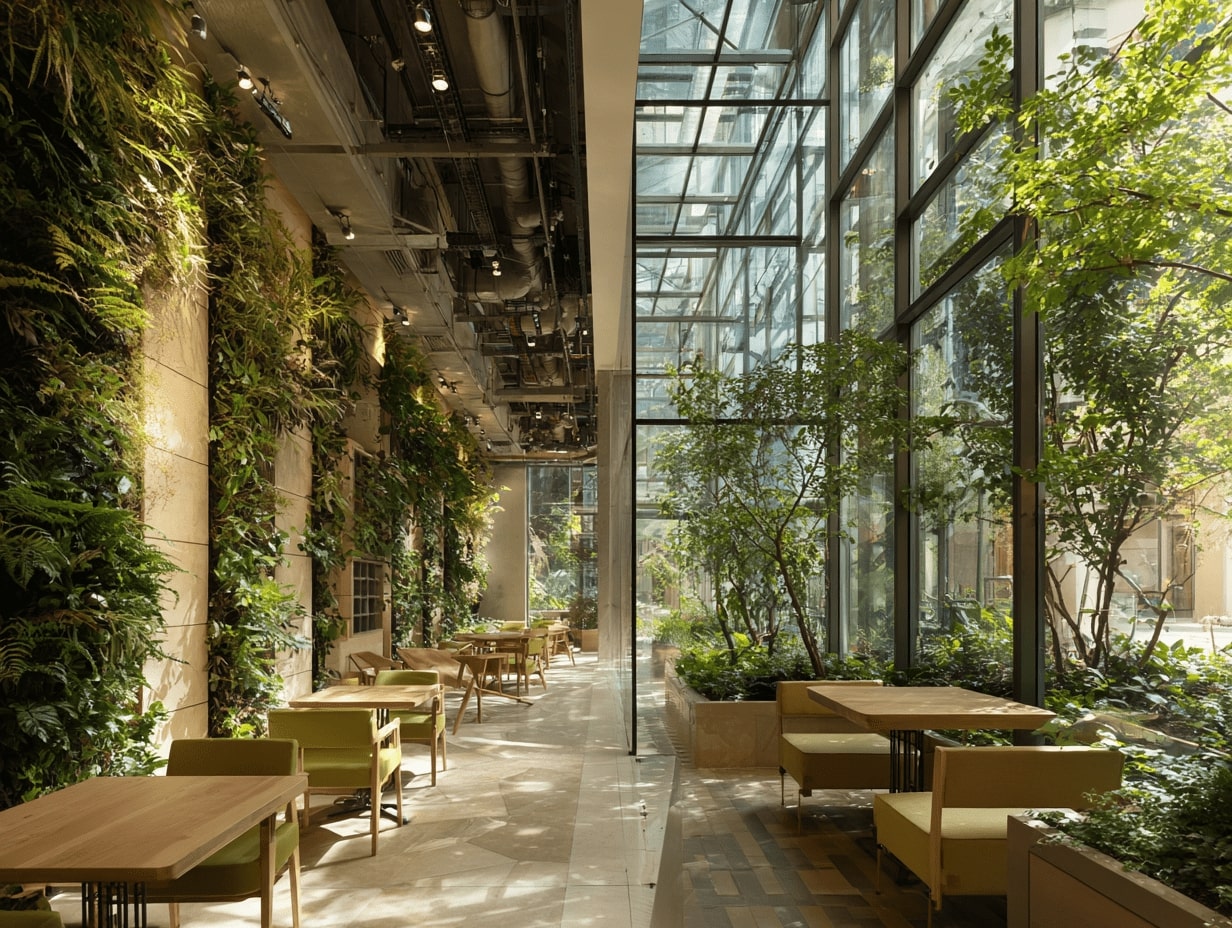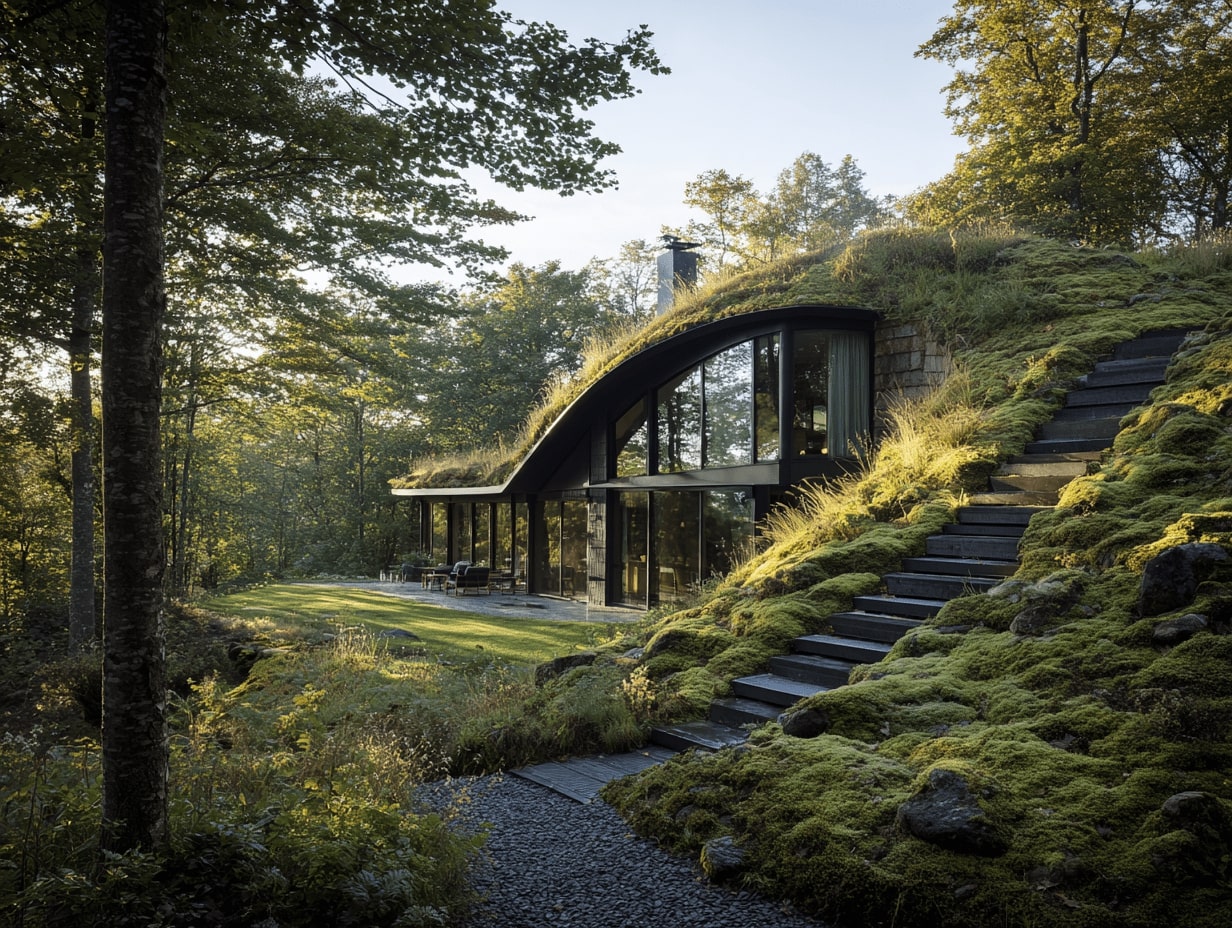- Home
- Articles
- Architectural Portfolio
- Architectral Presentation
- Inspirational Stories
- Architecture News
- Visualization
- BIM Industry
- Facade Design
- Parametric Design
- Career
- Landscape Architecture
- Construction
- Artificial Intelligence
- Sketching
- Design Softwares
- Diagrams
- Writing
- Architectural Tips
- Sustainability
- Courses
- Concept
- Technology
- History & Heritage
- Future of Architecture
- Guides & How-To
- Art & Culture
- Projects
- Interior Design
- Competitions
- Jobs
- Store
- Tools
- More
- Home
- Articles
- Architectural Portfolio
- Architectral Presentation
- Inspirational Stories
- Architecture News
- Visualization
- BIM Industry
- Facade Design
- Parametric Design
- Career
- Landscape Architecture
- Construction
- Artificial Intelligence
- Sketching
- Design Softwares
- Diagrams
- Writing
- Architectural Tips
- Sustainability
- Courses
- Concept
- Technology
- History & Heritage
- Future of Architecture
- Guides & How-To
- Art & Culture
- Projects
- Interior Design
- Competitions
- Jobs
- Store
- Tools
- More
Top Sustainable Architecture Trends: Ecologic Design for a Greener Future
Explore the latest sustainable architecture trends that merge aesthetics, functionality, and ecological design. This article delves into biophilic elements, efficient energy use, and innovative materials for combating climate change, while also addressing the challenges of greenwashing and the importance of eco-conscious choices in shaping resilient, healthy environments for future generations.

In the world of architecture, sustainability isn’t just a trend; it’s a revolution. As we grapple with climate change and urbanization, the push for eco-friendly designs has never been more critical. From the bustling megacities of Asia to the serene landscapes of Scandinavia, architects are pioneering innovative solutions that blend form with function, all while respecting our planet.
Take, for example, the transformative approach in Chengdu, China, where a 500-foot-high office tower is not just a place of work but a cascading garden in the sky, integrating terraced greenery from top to bottom. Similarly, in southern Denmark, a school’s design draws on local traditions, using thatched reeds for its facade and creating a walkable green roof that merges seamlessly with nature. These examples are not just buildings; they’re a testament to the power of sustainable architecture in creating spaces that connect us to the environment.
As we delve into the top sustainable architecture trends, we’re not just looking at the structures themselves but at a broader movement towards ecological design. It’s a journey towards creating spaces that not only serve our immediate needs but also contribute to the well-being of our planet for generations to come.

Table of Contents
ToggleDefining Sustainable Architecture
Sustainable architecture marks a pivotal shift in how we conceptualize, design, and inhabit spaces. It isn’t just about reducing the environmental impact of buildings but also about creating structures that thrive in harmony with their surrounding ecosystems. Our focus here dives into its core, exploring ecologic design’s importance and the principles that guide sustainable architecture.
The Importance of Ecologic Design
Ecologic design stands at the forefront of sustainable architecture, underscoring the urgent need to address climate change and rapid urbanization’s challenges. It’s about more than aesthetics or efficiency; it’s about fostering a symbiotic relationship between human-made structures and the natural environment. This approach mitigates the negative impacts conventional construction has on our planet, significantly reducing carbon emissions which, according to global reports, account for at least 39% of the world’s total. By emphasizing renewable resources, energy-efficient homes, and buildings that blend with their environment, ecologic design paves the way for a healthier, more sustainable future.
Principles Guiding Sustainable Architecture
The foundation of sustainable architecture rests on several key principles, shaping buildings that not only serve operational needs but also contribute positively to their environments:
- Energy Efficiency: This principle involves harnessing natural resources like sunlight and wind, decreasing the reliance on non-renewable energy sources. Techniques include solar panel installations, optimized building orientation for maximum natural lighting, and the effective use of insulation.
- Material Sustainability: Selecting materials with a low environmental impact is crucial. This involves using recycled, renewable, or sustainably sourced materials that reduce waste and pollution.
- Water Conservation: Implementing systems for rainwater harvesting and efficient wastewater management contributes significantly to sustainable architectural design by reducing water consumption and minimizing strain on municipal systems.
- Enhancing Biodiversity: Sustainable architecture also focuses on designs that support local flora and fauna. Integrating green roofs, terraced gardens, and native landscaping enhances biodiversity, contributing to the ecosystem’s health and resilience.
- Quality of Life: Lastly, sustainable architecture aims to improve inhabitants’ health and well-being through improved air quality, natural lighting, and thermal comfort. This not only boosts productivity but also ensures that buildings provide safe, pleasant environments for people to live, work, and relax.
Adhering to these principles, sustainable architecture embodies a comprehensive approach to building that considers the present’s needs without compromising future generations’ ability to meet theirs. Through these practices, we’re not just constructing buildings; we’re curating spaces that respect and enrich their natural surroundings, securing a more sustainable and ecologically harmonious future.

Emerging Sustainable Architecture Trends
The world of architecture is constantly evolving, with sustainability at its core. As we delve deeper into the future of building design, several key trends have emerged, underlining the shift towards ecologic and sustainable approaches. Each trend not only addresses the environmental challenges of our time but also enhances the well-being of its occupants and the surrounding community. Here, we explore the most promising developments in sustainable architecture.
Biophilic Design and Nature Integration
Biophilic design has risen to the forefront of sustainable architecture trends, emphasizing the intrinsic connection between humans and nature. This approach integrates natural elements such as plants, water, and sunlight into architectural designs, creating spaces that promote health, well-being, and environmental sustainability. Studies have shown that incorporating nature into the built environment can significantly reduce stress, enhance cognitive function, and boost productivity among occupants. By mimicking natural environments, biophilic design fosters a deeper bond between individuals and their living spaces, making it a pivotal trend in sustainable architecture.

Prefabrication and Modular Construction
Another significant trend reshaping the landscape of sustainable architecture is prefabrication and modular construction. This method involves constructing building elements off-site in a controlled environment and assembling them on-site, reducing construction waste, time, and environmental impact. Prefabricated and modular buildings are not only more efficient to build but also aid in achieving higher levels of energy efficiency and sustainability post-construction. With advancements in technology, the possibilities for prefabricated design have expanded, enabling more complex and aesthetically pleasing structures. This approach has proven to be a pragmatic solution to sustainable housing, showcased by projects such as Carlo Ratti’s prefabricated housing in rural Bangalore.
Green and Living Roofs as Urban Lungs
Green and living roofs have become key features in urban sustainability efforts, acting as ‘urban lungs’ that improve air quality, reduce heat islands, and provide insulation. By covering roof surfaces with vegetation, these green roofs not only beautify urban landscapes but also play a crucial role in managing stormwater, reducing energy consumption, and enhancing biodiversity in densely populated areas. As cities continue to search for ways to combat climate change and promote ecological balance, green and living roofs offer a viable solution to incorporate nature into urban environments, contributing to healthier and more sustainable communities.
The Role of Technology in Responsive Design
Technology plays a critical role in the development of sustainable architecture, enabling more responsive and adaptive design solutions. Building Information Modeling (BIM) and numerous design software enable architects and designers to create highly efficient, sustainable buildings by simulating their performance before construction begins. This predictive capability allows for the optimization of energy use, water management, and material efficiency, ensuring that buildings not only minimize their environmental impact but also adapt to changing conditions over time. Moreover, technology facilitates the integration of renewable energy sources and smart systems into buildings, making them more responsive to the needs of their occupants and the environment.
Sustainable architecture continues to evolve, driven by innovative trends such as biophilic design, prefabrication, green roofs, and advanced technology. These developments not only address the urgent need for environmentally responsible design but also enhance the quality of life for individuals and communities worldwide. As we move forward, it’s clear that sustainable architecture will remain at the forefront of creating more resilient and ecologically harmonious spaces.

Incorporating Sustainability into Every Aspect
Sustainable architecture goes beyond just the addition of green technologies or features; it embodies the integration of sustainability into every facet of the design and building process. Our exploration of top sustainable architecture trends reveals a comprehensive approach to ecologic design, focusing on minimizing environmental impact while maximizing human and ecological health. We delve into critical components such as eco-friendly material selection, passive energy efficiency strategies, and water conservation and management, underscoring their significance in the realm of sustainable architecture.
Eco-friendly Material Selection
Central to our commitment to sustainability is the focus on eco-friendly material selection. This involves choosing building materials that are sustainably sourced, recyclable, and have a low environmental footprint throughout their lifecycle. Materials such as bamboo, reclaimed wood, recycled steel, and low-VOC (volatile organic compound) paints not only reduce the ecological impact of construction projects but also contribute to healthier indoor air quality. Moreover, the utilization of local materials minimizes transportation emissions, further consolidating the sustainability quotient of architectural endeavors. By prioritizing eco-friendly materials, we ensure that environmental preservation is woven into the fabric of our designs.
Passive Energy Efficiency Strategies
Passive energy efficiency strategies form the cornerstone of sustainable architecture, allowing buildings to harness natural resources for heating, cooling, and lighting. These strategies include the strategic orientation of buildings to maximize natural light and solar heating, the use of thermal mass to stabilize indoor temperatures, and the incorporation of natural ventilation systems to reduce the reliance on mechanical heating and cooling. By exploiting the inherent properties of building materials and the natural environment, passive design reduces energy consumption, lowers greenhouse gas emissions, and achieves a smaller carbon footprint. Our focus on passive energy efficiency not only aligns with ecological design principles but also yields long-term cost savings and enhances occupant comfort.
Water Conservation and Management
Recognizing water as a precious resource, our approach to sustainable architecture emphasizes water conservation and management. This includes integrating systems like low-flow fixtures, rainwater harvesting, and greywater recycling into building designs. Such measures not only reduce potable water usage but also mitigate the impact on local water infrastructure and ecosystems. Additionally, sustainable landscaping practices, featuring drought-resistant plants and efficient irrigation systems, further contribute to water efficiency. By implementing these water-saving strategies, we address the challenges of water scarcity and climate change, underscoring our dedication to sustainable development and environmental stewardship.
Incorporating sustainability into every aspect of architecture not only responds to the urgent need for environmental preservation but also sets a new standard for the design and construction industry. Through eco-friendly material selection, passive energy efficiency strategies, and water conservation and management, we’re shaping a future where sustainable architecture fosters healthier, more resilient, and more harmonious communities.

Addressing Challenges in Eco-Architecture
As we dive deeper into the realm of sustainable architecture, it’s crucial to confront the obstacles that come with adopting eco-friendly practices. Balancing aesthetics with functionality and confronting greenwashing are among the significant challenges that architects and builders face. Our focus is on overcoming these hurdles to achieve a harmonious blend of sustainable design and practical application.
Balancing Aesthetics and Functionality
Achieving a balance between aesthetics and functionality in eco-architecture requires meticulous planning and innovative design. Our projects often involve integrating green spaces, such as terraced gardens that cascade from rooftops to the ground, not just for their aesthetic appeal but also to combat urban heat islands. In Chengdu, China, for example, we’ve observed a 500-foot-high office tower featuring these terraced gardens, demonstrating that sustainability can go hand-in-hand with visually stunning architecture. This approach not only promotes biodiversity but also provides inhabitants with valuable outdoor spaces, proving that functionality does not have to be sacrificed for beauty.
Utilizing materials that have a low environmental impact, like the locally inspired thatching in certain designs, also plays a critical role. These materials not only give buildings a unique and organic texture but also contribute to their ecological benefits, embodying a perfect blend of form and function.

Confronting Greenwashing in Construction
Greenwashing, the practice of making misleading or unsubstantiated claims about the environmental benefits of a product, design, or technology, poses a significant challenge in our industry. Our commitment to transparency and authenticity guides us in confronting greenwashing. We prioritize the use of genuine, eco-friendly materials and construction methods, emphasizing their long-term benefits over merely aesthetic or superficial green features.
Education plays a vital role in combating greenwashing. We strive to inform our clients and the wider community about the importance of verified sustainable practices. By showcasing projects like Stefano Boeri’s Vertical Forests, which incorporate thousands of plants into their design for tangible air purification benefits, we underline the power of genuine eco-architectural initiatives.
In our designs, we carefully consider the lifecycle of materials, aiming for sustainability not just in the immediate use but through the entire lifespan of the building. This lifecycle perspective helps us select materials and designs that remain beneficial for the environment and the community long after they are installed.
By addressing these challenges head-on, we continue to push the boundaries of eco-architecture, making strides towards more sustainable, healthy, and resilient built environments. Our commitment to merging aesthetics with functionality and confronting greenwashing reflects our overarching goal: to usher in a new era of architecture that truly embodies the principles of sustainability.
Submit your architectural projects
Follow these steps for submission your project. Submission FormLatest Posts
Eco-Friendly Floor Coverings: Smart Choices for a Greener Home
Eco-friendly floor coverings made simple: discover sustainable materials, trusted certifications, and room-by-room...
What are Biodomes?
Biodomes are transforming architecture by blending ecological science with advanced design to...
The Quiet Revolution of Biophilic Design
Biophilic design is reshaping homes, workplaces, and cities—backed by evidence. Learn core...
Sustainable Solutions in Contemporary Architecture: From Passive Design to Clean Energy
Sustainable solutions in contemporary architecture: a practical playbook to hit net-zero, cut...












Leave a comment